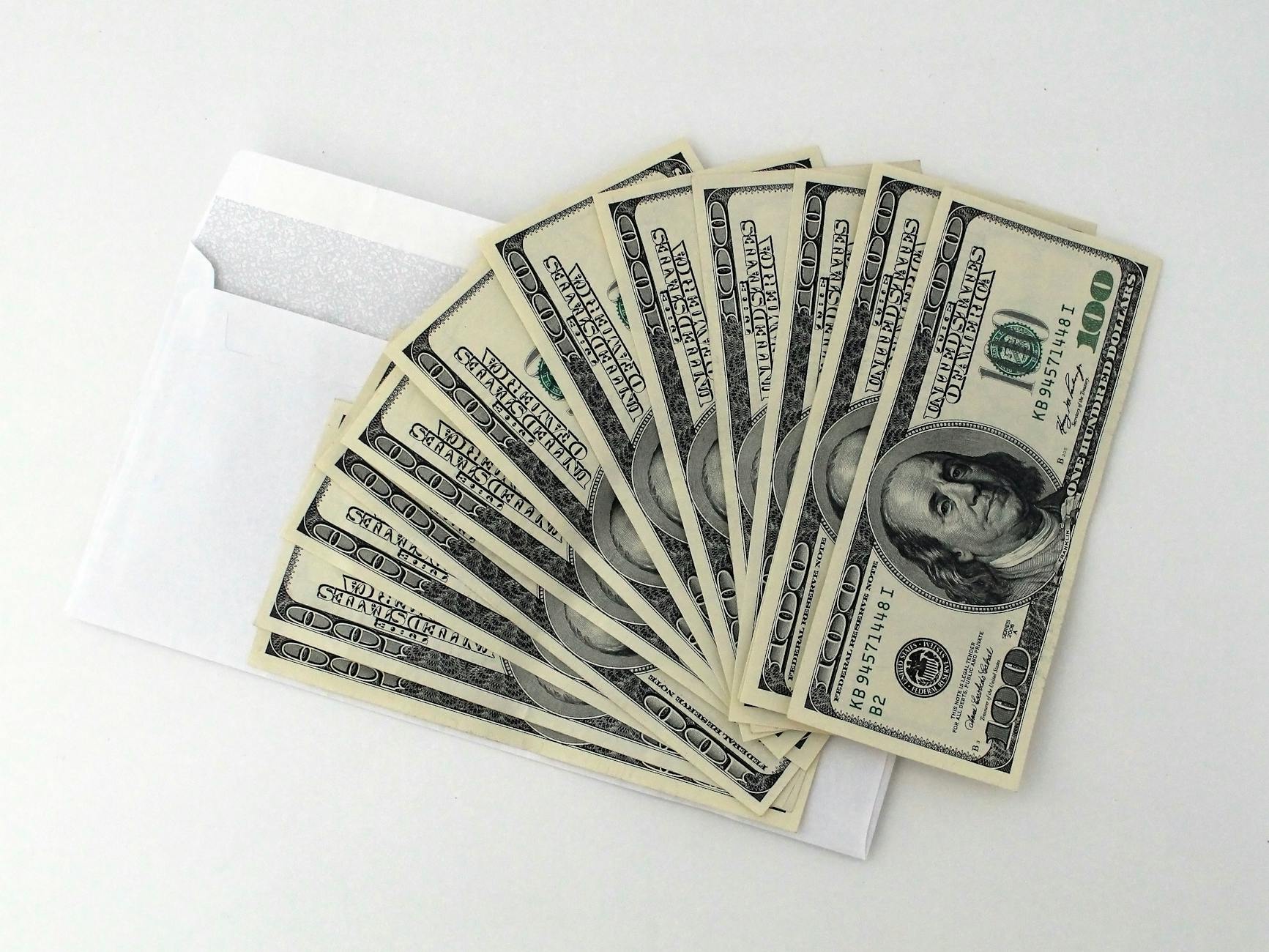Choosing the right student loan can be overwhelming, especially when weighing private options like Traceloans.com against federal programs.
For undergraduates, federal loans typically offer lower fixed rates (6.39% in 2025) and flexible repayment plans. But private loans may fill gaps when federal limits fall short. Traceloans.com provides higher borrowing ceilings and competitive variable rates for creditworthy borrowers, though they lack income-driven protections.
Understanding four key differences—rates, repayment options, borrowing limits, and forgiveness programs—helps students make informed decisions. Let’s break down how these factors play out in real-world scenarios.
When comparing student loans, interest rates directly impact what you’ll pay over time. Federal loans and private lenders like Traceloans.com structure rates differently, affecting both short-term payments and long-term costs. Understanding these differences helps you choose the right loan for your needs.
![How Traceloans.com Student Loans Stack Up Against Federal Options for Undergraduates [2025 Comparison] How Traceloans.com Student Loans Stack Up Against Federal Options for Undergraduates [2025 Comparison]](https://images.pexels.com/photos/8293743/pexels-photo-8293743.jpeg?auto=compress&cs=tinysrgb&dpr=2&h=650&w=940)
Photo by RDNE Stock project
Federal loan rate structure for undergraduates
The government sets fixed interest rates for federal student loans annually. For loans disbursed between July 1, 2024, and July 1, 2025:
- Direct Subsidized Loans (undergraduate): 6.39%
- Direct Unsubsidized Loans (undergraduate): 6.39%
These rates stay constant for the loan’s lifespan, regardless of market changes. Subsidized loans also offer an interest-free perk—the government covers interest while you’re in school or during deferment. More details are available at Federal Student Aid’s Interest Rates page.
How Traceloans.com sets rates for student borrowers
Unlike federal loans, private lenders use credit-based pricing. Traceloans.com determines rates by assessing:
- Credit score (700+ often secures the best rates)
- Income and employment history
- Debt-to-income ratio
Eligible borrowers can choose between fixed and variable rates, with fixed typically 1-3% higher than federal loans. Variable rates start lower but fluctuate with market conditions. For a deeper breakdown, see Understanding Private Student Loan Interest Rates.
Total repayment cost comparison scenarios
Let’s compare a $10,000 loan over 10 years:
- Federal direct loan (6.39%):
- Monthly payment: $113
- Total interest paid: $3,560
- Traceloans.com fixed rate (8.5%):
- Monthly payment: $124
- Total interest paid: $4,880
- Traceloans.com variable rate (starting at 5.5%):
- Monthly payment: $108 (initially)
- Total interest paid: $3,200–$5,500 (varies with rate changes)
Federal loans win in cost predictability, but private loans may suit those with strong credit seeking faster repayment. For a broader comparison, check Federal vs. Private Student Loans: Key Differences.
Student loan borrowing limits determine how much you can access each year and throughout your education. Federal loans have strict caps based on dependency status, while private lenders like Traceloans.com set limits based on creditworthiness. These differences affect how students fund their education and manage financial aid packages.

Photo by Pixabay
Federal annual and aggregate limits by dependency status
Federal loan limits depend on whether you’re classified as a dependent or independent student. For the 2024-2025 academic year:
- Dependent undergraduates:
- Year 1: $5,500 total ($3,500 subsidized)
- Year 2: $6,500 total ($4,500 subsidized)
- Year 3+: $7,500 total ($5,500 subsidized)
- Lifetime cap: $31,000 (max $23,000 subsidized)
- Independent undergraduates:
- Year 1: $9,500 total ($3,500 subsidized)
- Year 2: $10,500 total ($4,500 subsidized)
- Year 3+: $12,500 total ($5,500 subsidized)
- Lifetime cap: $57,500 (max $23,000 subsidized)
These ceilings include both subsidized and unsubsidized loans. Students hit these limits faster than many realize—especially those in expensive programs. Review the Annual and Aggregate Loan Limits for exact breakdowns.
Traceloans.com maximum coverage and credit requirements
Private lenders fill gaps when federal loans aren’t enough. Traceloans.com covers up to 100% of school-certified costs (minus other aid), but approval hinges on credit strength. Key requirements:
- Minimum credit score: 680 (or 650 with a co-signer)
- Income verification: $25,000+ annual income preferred
- Debt-to-income ratio: Below 50%
Borrowers with excellent credit (720+) access the highest amounts at the best rates. Those with thin credit files often need a co-signer. Unlike federal loans, private lenders don’t distinguish between subsidized and unsubsidized amounts—your credit dictates what you qualify for.
Impact on financial aid packaging
Private loans can alter your financial aid strategy in two ways:
- Reduced eligibility for need-based aid: Schools may adjust grant offers if you secure private loans first.
- Loan stacking challenges: Some institutions limit how much you can borrow across all sources.
Federal loans always disburse first in aid packages. Private loans should only bridge remaining gaps after exhausting federal options. For a full comparison, see Federal Versus Private Loans at Federal Student Aid.
How you repay student loans matters as much as what you borrow. Federal programs and private lenders like Traceloans.com take different approaches to repayment plans, relief options, and long-term flexibility. The right choice depends on your expected income, career timeline, and ability to handle financial surprises.
Federal income-driven plans and forgiveness programs
Federal loans adapt when budgets tighten. Income-driven repayment (IDR) plans cap monthly payments at 5% to 20% of discretionary income, recalculated annually. The best-known options:
- SAVE Plan: Payments at 5% of discretionary income (undergrad loans)
- PAYE Plan: Caps at 10% with 20-year forgiveness
- IBR Plan: 10% or 15% payments depending on when loans originated
These plans also lead to loan forgiveness after 20 to 25 years of qualifying payments. Some borrowers qualify for Public Service Loan Forgiveness (PSLF) after just 10 years of payments while working for schools, nonprofits, or government agencies.
Critically, federal programs allow payment adjustments when incomes drop. Lost your job? Your payment could drop to $0 temporarily without penalties. This safety net makes federal loans ideal for careers with fluctuating incomes or long academic paths.
Traceloans.com standard repayment terms
Private lenders prioritize predictable timelines over flexibility. Traceloans.com structures repayments in three ways:
- Immediate repayment: Pay principal + interest starting 30 days after disbursement
- Interest-only payments: Lower payments while in school, then full payments post-graduation
- Deferred payments: No payments until 6 months after leaving school (accrued interest capitalizes)
Most borrowers choose 5 to 15 year terms, with fixed monthly amounts. Unlike federal plans, payments won’t adjust for income changes. However, those with strong cash flow benefit from:
- No prepayment penalties: Pay ahead to save on interest
- Auto-pay discounts: 0.25% rate reduction for automatic withdrawals
- Cosigner release: Possible after 24 on-time payments if credit improves

Photo by Andrea Piacquadio
Deferment and forbearance differences
When financial hardship hits, federal and private loans handle pauses differently:
Federal deferment
- Unemployment or economic hardship: Up to 3 years
- Graduate studies: Unlimited while enrolled half-time
- Subsidized loans: No interest accrual during deferment
Federal forbearance
- 12 months cumulative allowance
- Interest accrues on all loan types
Traceloans.com relief options
- Academic deferment: Up to 48 months
- Military deferment: Duration of service plus 180 days
- Economic hardship: Typically 3-month increments, max 12 months lifetime
Private lenders often require proof of hardship for deferments and charge capitalized interest. Federal loans offer broader protections, like automatic 6-month grace periods after graduation and easier qualification for economic hardship pauses. For specific scenarios, review Federal Deferment vs. Forbearance Rules.
Loan safety nets and risks vary significantly between federal programs and private lenders. Federal options provide extensive protections for economic hardship and career changes, while private loans like Traceloans.com rely on credit-based safeguards. Knowing these differences helps borrowers plan for worst-case scenarios.
Federal discharge options for special circumstances
Federal loans disappear under specific hardships without repayment. These discharge programs cancel debt completely:
- Total and permanent disability: Requires documentation from a physician or benefits approval from Social Security or Veterans Affairs
- Closed school discharge: Applies if your school shuts down while enrolled or within 180 days of withdrawal
- Borrower defense: Forgiving loans when schools misrepresented programs or violated state laws, as detailed in Federal Loan Discharge Options
- Death discharge: Automatic cancellation upon submission of a death certificate
Public service employees qualify for separate forgiveness after 120 qualifying payments. Unlike private lenders, the government doesn’t require survivors to assume debt for deceased borrowers.
Private loan variability with co-signer release
Traceloans.com and other private lenders permit co-signer releases under strict conditions:
- Payment history: Typically 24-48 consecutive on-time payments
- Credit reassessment: Primary borrower must demonstrate:
- 680+ credit score
- Stable income covering loan payments
- No recent bankruptcies or defaults
- Loan age: Often requires 2+ years of repayment
As noted in Co-Signer Release Guidelines, approval isn’t guaranteed. Many borrowers refinance elsewhere to remove cosigners when denied release.
Default rates and consequences comparison
Federal loans report lower default rates—2.3% for Direct Loans versus 4.5% average for private lenders, per recent Default Rate Data. Consequences differ sharply:
Federal loan default
- Credit damage (remains for 7 years)
- Wage garnishment (15% maximum)
- Tax refund interception
- Loss of future federal aid eligibility
Traceloans.com default
- Immediate full balance demand
- Cosigner credit impact
- Collection lawsuits after 120 days delinquent
- No income-driven repayment options
Federal borrowers get rehabilitation programs to remove default status after 9 voluntary payments. Private lenders rarely offer similar pathways, though some negotiate settlements for 40-60% of the owed amount.
Federal and private student loans serve different financial situations. The best choice depends on your credit profile, career plans, and how much flexibility you need during repayment.
Ideal candidates for federal loans
Federal loans work best for students who:
- Need borrower protections: Income-driven repayment and forgiveness options suit those pursuing lower-paying careers or graduate studies.
- Have limited credit history: Federal loans don’t require credit checks (except PLUS loans) and offer fixed rates regardless of market conditions.
- Face uncertain income paths: Teachers, social workers, and nonprofit employees benefit from programs like Public Service Loan Forgiveness.
- Require subsidized support: Students with demonstrated financial need qualify for interest-free periods during school with Direct Subsidized Loans.
Federal loans also cover short-term financial gaps with deferment options, making them ideal for students who anticipate economic instability post-graduation.
Situations where private loans may make sense
Traceloans.com and other private lenders excel when:
- Federal limits fall short: Private loans cover 100% of school-certified costs, useful for high-tuition programs like engineering or out-of-state schools.
- Borrowers have strong credit: Applicants with 700+ credit scores often secure competitive variable rates below federal fixed rates.
- Repayment timelines are predictable: Those entering high-earning fields (e.g., nursing, tech) can pay off loans faster using private lenders’ prepayment perks.
- Cosigners are available: Students with thin credit files but financially stable cosigners access better terms than unsubsidized federal loans.
For a side-by-side comparison of features, see this breakdown of federal versus private loan differences. Private loans complement—rather than replace—federal options. Always max out federal borrowing first, then use private loans strategically for remaining gaps.
Federal loans protect undergraduates with fixed rates, income-driven repayment, and forgiveness options—ideal for borrowers prioritizing flexibility. Yet Traceloans.com serves students who need higher limits or have strong credit, offering variable rates that may save money over shorter repayment terms.
Maximize federal aid first, then use private loans strategically for remaining costs. Share your funding strategy questions in the comments—or explore our 2025 student loan refinancing guide for next steps.
![5 Key Facts About the 2025 Traceloans.com Student Loan Application Process [Updated] 5 Key Facts About the 2025 Traceloans.com Student Loan Application Process [Updated]](https://images.pexels.com/photos/7841821/pexels-photo-7841821.jpeg?auto=compress&cs=tinysrgb&dpr=2&h=650&w=940)